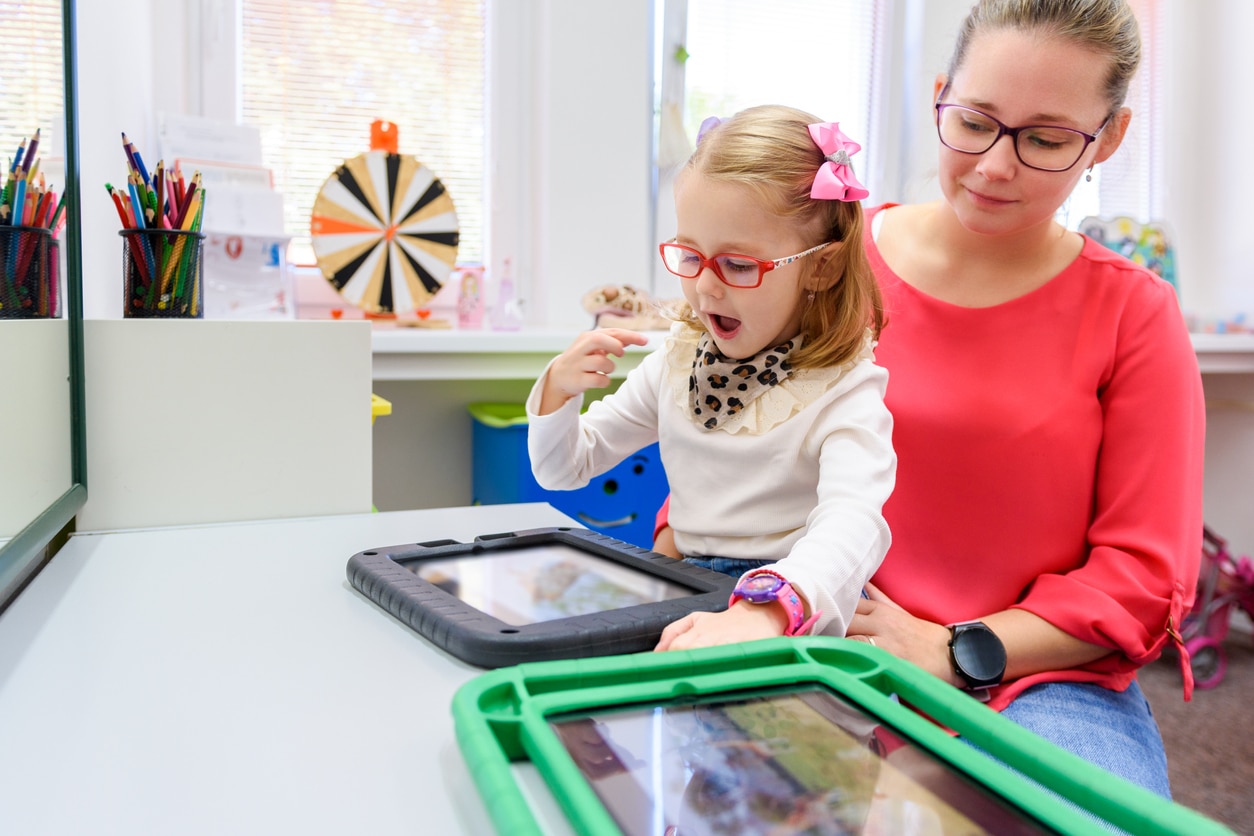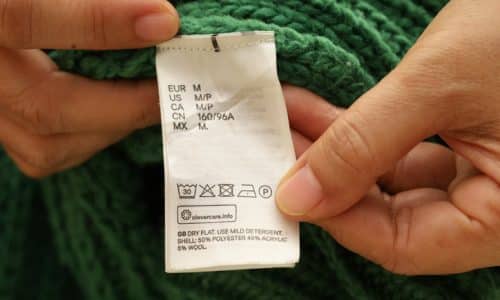Every relationship we have in our lives, from birth to our senior years, is grounded in some kind of communication. Overwhelmingly, the better the communication, the better the relationship. This is especially true of our children, as we initially babble sweet nothings and later build love and trust through respectful, robust conversations. When children are nonverbal, parents and others who love and care for them need different methods of communication to keep building a positive and satisfying relationship. Children who are nonverbal also require the emotional and developmental benefits to communication.
Imagine Pediatric Therapy understands that communication barriers can be particularly frustrating for both the child and their parents, family members and other caregivers. Challenges can range from children being unable to make their choices and preferences known to missing health and wellness issues due to poor or absent communication.
Augmentative and Alternative Communication (AAC) devices offer a solution by providing the means for effective communication. From enhancing language development to fostering independence, AAC devices have the potential to transform the lives of both children and their families.
There are various types of AAC devices available, ranging from low-tech to high-tech options. Imagine Pediatrics can help you select the device that fits your child and family best:
- Picture Communication Boards: These are low-tech AAC systems that use a collection of pictures or symbols to represent words, phrases, or ideas. Children can point to the pictures to communicate their messages.
- Communication Books: These books consist of pages with various symbols or words that individuals can point to or use to construct sentences.
- Speech-Generating Devices (SGDs): SGDs are high-tech AAC devices that use synthesized speech to communicate verbally. They may have touchscreens, keyboards, or switches to input messages, and they produce spoken language.
- Mobile Applications: There are numerous AAC apps available for smartphones and tablets that offer a range of features, including symbol-based communication, text-to-speech capabilities, and customization options.
- Eye-Gaze Systems: These advanced AAC devices use eye-tracking technology to detect eye movements and allow children to select symbols or words on a screen using their eyes.
AAC devices can open new doors for your child and your family. With training and practice, you will see a world of benefits including:
- Enhancing Communication: AAC devices provide a means to express thoughts, needs, and desires.
- Promoting Independence: AAC empowers your child to participate more fully in daily activities, to make choices, and to engage in social interactions, thereby increasing independence.
- Supporting Educational and Vocational Opportunities: AAC devices can facilitate learning, participation in school activities, and eventually, enhance your child’s employment opportunities.
- Improving Social Connections: AAC helps your child engage in conversation which enables them to initiate and maintain social relationships, building real friendships.
- Boosting Self-Confidence: Successful use of AAC devices can enhance self-esteem, self-confidence, and overall well-being by providing a reliable, clear means of communication.
AAC devices typically require training for effective use. Imagine Pediatric Therapy can help your family with expert training and support specific to the device’s complexity and your child’s needs. This training may include learning how to operate the device, understanding the vocabulary and symbol systems, building communication skills, and integrating AAC into daily activities and social interactions.
AAC devices can open up the world for your child. Ask your Imagine Pediatric Therapy’s professional therapist for more information. We are here to help your child build better, stronger relationships and reach their full potential.



